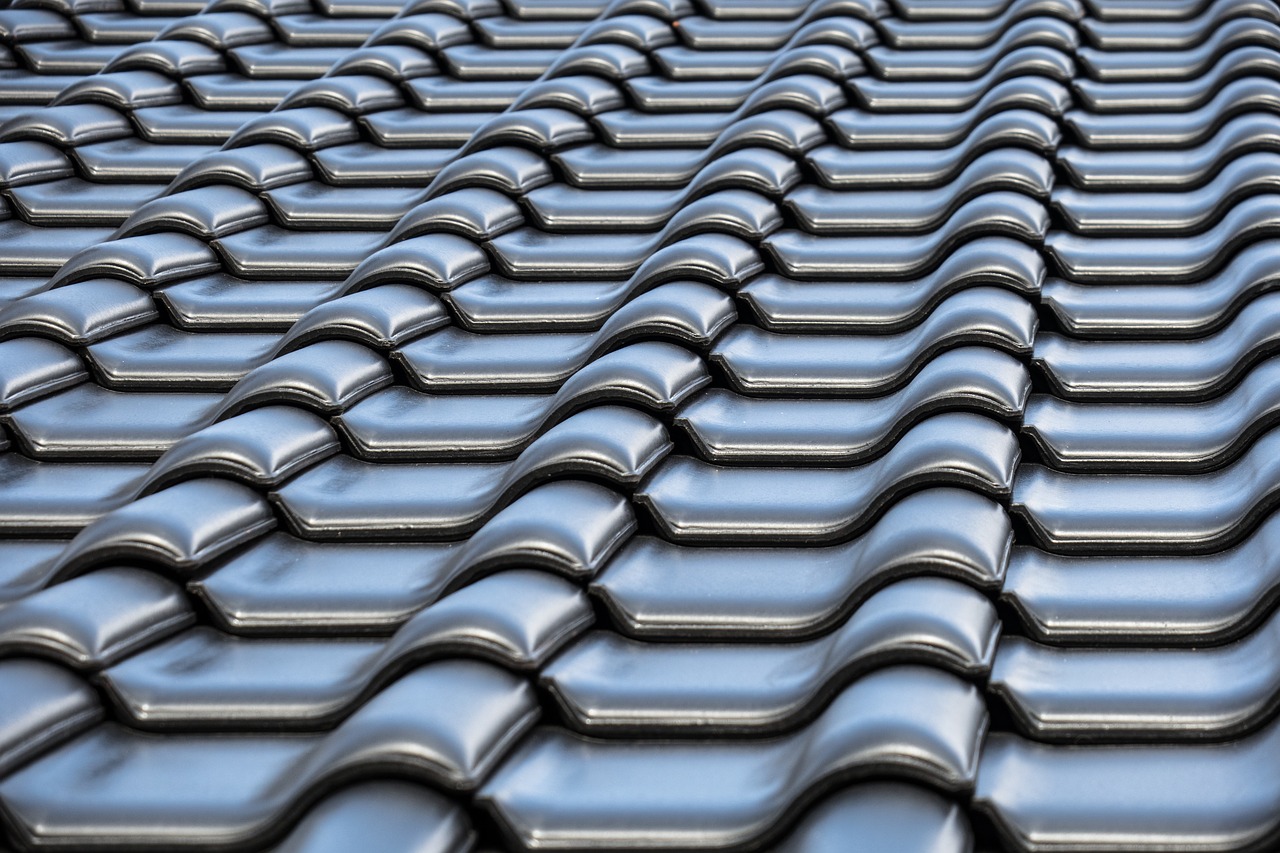
Regular roof inspection is crucial for maintaining the structural integrity of your home. Whether you're a homeowner or a property manager, understanding the importance of a roof inspection can save you from costly repairs and ensure the long-term durability of your roof.
This guide will walk you through the essentials of roof inspection, offering expert tips and techniques for identifying potential issues before they escalate. With this knowledge, you can confidently keep your roof in optimal condition, providing peace of mind and protection for you and your loved ones.
Roof Inspection in Canberra VIC
Comprehensive Guide to Roof Inspection: Safeguarding Your Home
Roof inspections are an essential part of home maintenance, offering a proactive approach to identifying potential problems. Identifying issues early can prevent minor problems from becoming major repairs, saving both time and money. The key is to incorporate regular roof inspections into your home maintenance schedule.
The frequency of roof inspections often depends on several factors such as the age of the roof, local weather conditions, and the type of roofing material used. Experts recommend bi-annual inspections as a general rule of thumb; however, after any severe weather events like storms or heavy snow, an additional check is advisable.
Conducting roof inspections might seem straightforward, but it's advisable to hire a professional roofing contractor. They possess the trained eye to spot subtle signs of wear, damage, or potential failure that a layperson might overlook. Professional inspections ensure a thorough evaluation, covering all aspects that contribute to a roof's health, from shingles to flashing.
Several common issues are often detected during a roof inspection. Missing or damaged shingles are among the most noticeable, often due to severe weather conditions. Shingles are your roof’s first line of defense against the elements, and their condition directly affects your roof's water resistance capabilities.
Another frequent issue is the presence of leaks. Leaks might manifest as water stains on ceilings or walls indoors, but sometimes they can go unnoticed until significant damage occurs. A thorough inspection can reveal vulnerabilities where water might penetrate, such as in the flashing around chimneys and vents.
Additionally, roof inspections often uncover problems related to roof ventilation. Proper ventilation is crucial to avoid moisture buildup, which can lead to mold and mildew. An inspection helps ensure that attic spaces are ventilated correctly, reducing the risk of damage due to excessive heat or moisture.
More Resources
Preparing for a roof inspection involves a few key steps to maximize its efficacy. Start by clearing your yard of any debris or obstacles that might hinder a thorough external examination. This ensures that all roof areas are accessible and visible for inspection.
Documentation is another critical preparatory step. Gather any existing reports on past repairs or inspections. A detailed history helps the inspector understand recurring issues and provide more accurate assessments and solutions.
It's also important to conduct a preliminary check yourself. While not as detailed as a professional inspection, a homeowner's cursory review can spotlight any urgent issues, such as obvious damage or debris buildup. Taking photos of problematic areas can assist in discussions with your inspector, helping in determining the urgency and approach for repairs.
Essential Tips for Effective Roof Inspection
The actual process of a professional roof inspection usually starts with an external review. Inspectors will look for signs of wear and damage on the shingles, gutters, and flashing. They'll also ensure that all fixtures, like chimneys and skylights, are sealed properly to prevent water entry.
Following the external examination, inspectors often proceed with an internal assessment. This involves checking the attic and ceilings for signs of moisture intrusion, mold, or structural irregularities. The internal review is crucial for catching problems not visible from the outside.
Once the inspection is complete, the roofing contractor provides a detailed report. This document typically outlines current conditions, potential problem areas, and recommended actions. A comprehensive report is a valuable tool for planning maintenance, repairs, or even budgeting for a new roof installation if necessary.
There are several advantages to routine roof inspections, the most notable being preventative maintenance. By addressing minor issues early, you can prevent them from evolving into major, costly repairs that might compromise the integrity of your entire home.
Roof inspections also add to the longevity of your roof, ensuring that its lifespan reaches or even exceeds the manufacturer’s expectations. Well-maintained roofs not only last longer but also deliver consistent performance and energy efficiency for your home.
Furthermore, routine inspections contribute to increased property value. A well-documented history of inspections and maintenance can be a positive selling point for potential buyers. It demonstrates responsible ownership and reassurance that the home has been well-cared for, potentially enhancing its marketability and value.
Comments
Post a Comment